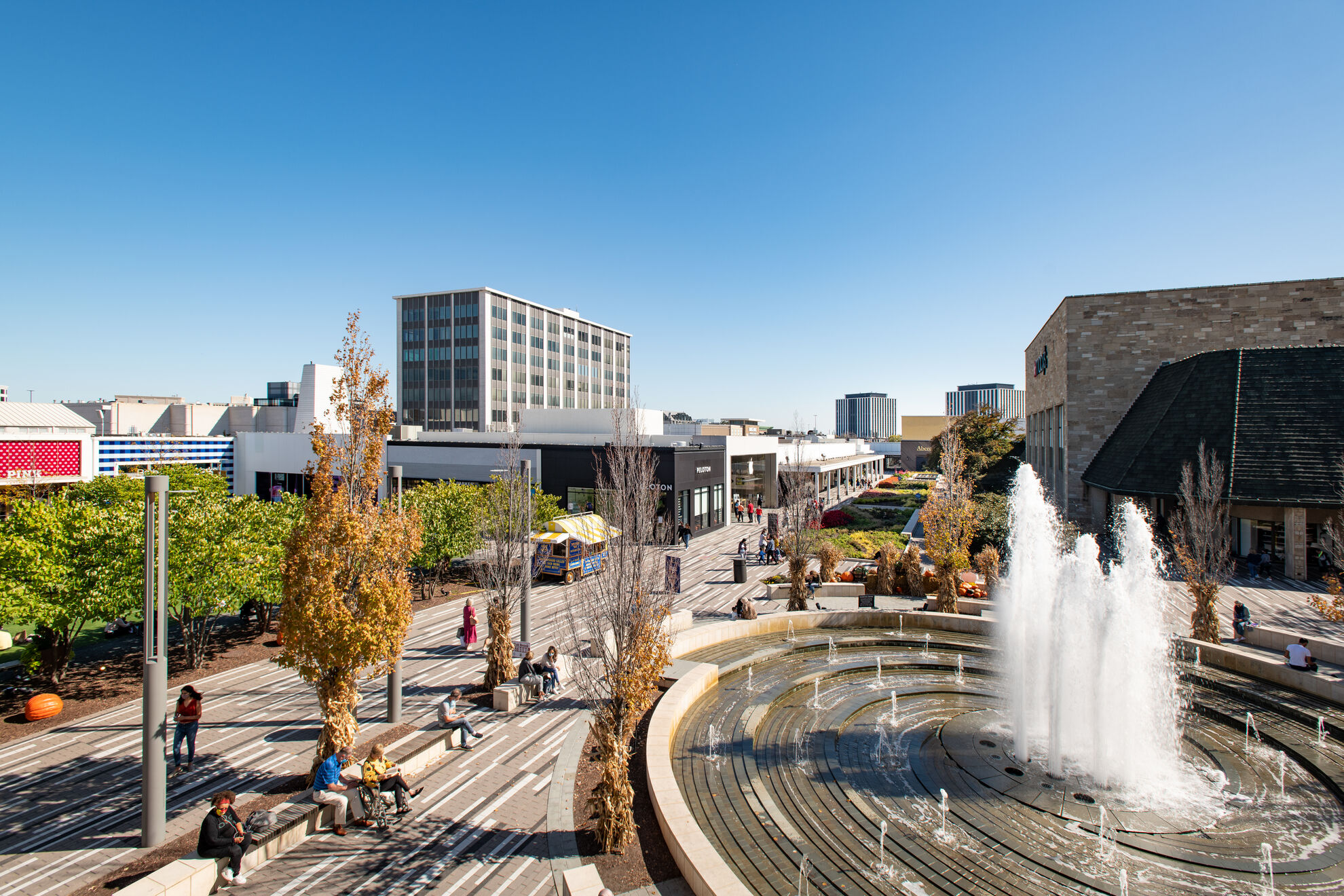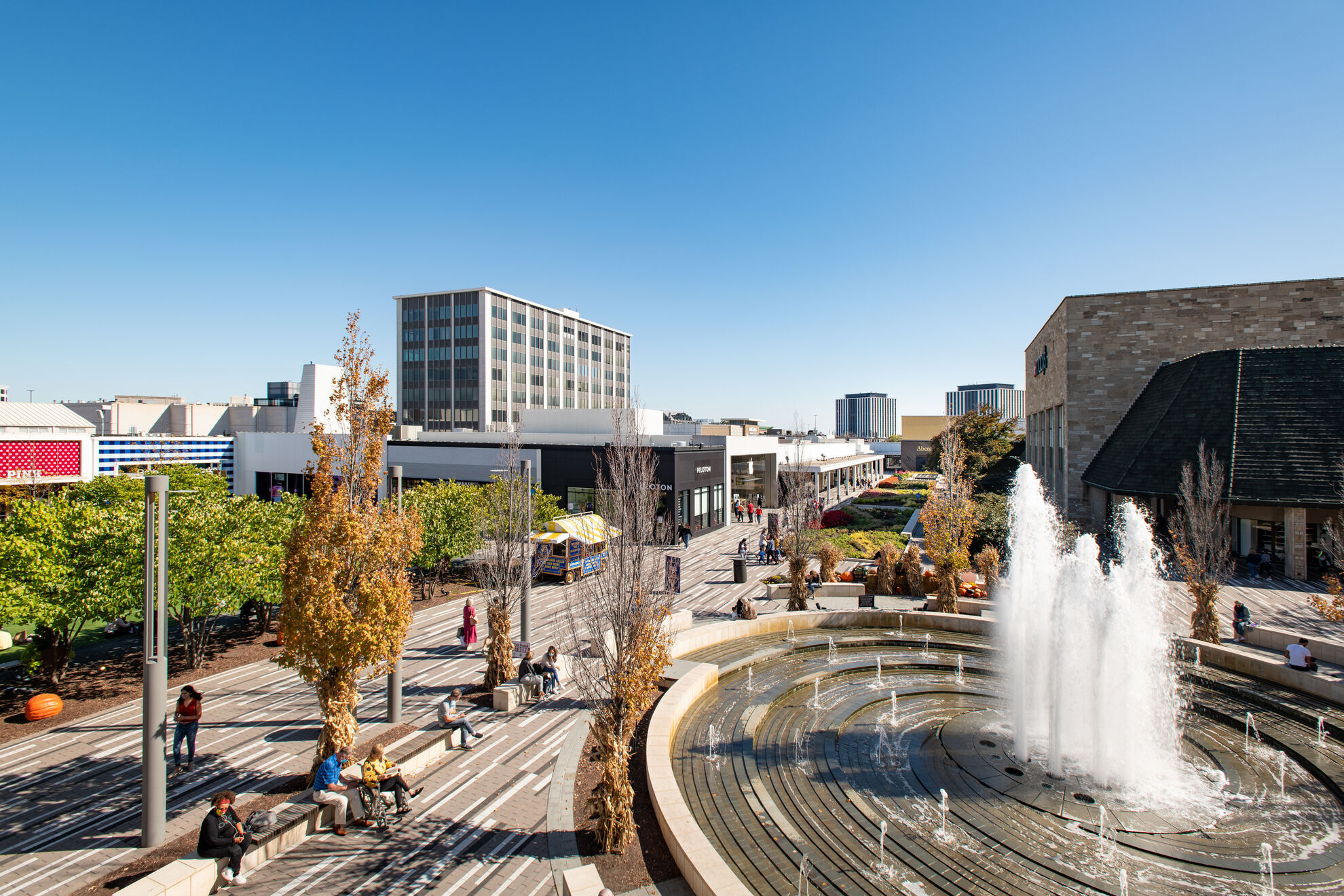Oak Brook, IL
With data delivered by June 11, 2024, Oak Brook moved from guesswork to a data-driven program that residents can see on the street.

Oak Brook, IL Infrastructure Assessment
Summary
- 53 roadway miles scanned with LiDAR and AI, delivered by June 11, 2024
- Actionable condition scores and a defensible paving plan that directs funds where they help residents most
- Faster projects and quicker pothole fixes, reducing complaints and improving safety
Problem
Oak Brook’s public works team was managing a busy road network with outdated and inconsistent street condition data, making it hard to see a current, complete picture of pavement health. Without trustworthy information, they struggled to decide which roads to fix and when, and town meetings often turned into defending choices as residents asked, “Why not my road?” The team was forced to react to complaints and could not confidently show efficient use of taxpayer dollars or present a clear, defensible prioritization method.
Solution
Oak Brook chose Cyvl to rapidly survey the entire street network using vehicle-mounted LiDAR and sensors, capturing high-resolution pavement data across 53 miles. Within weeks, Cyvl’s Infrastructure Intelligence platform used AI to convert raw measurements into network-wide condition scores, prioritized repair lists, and scenario-based, defensible paving plans and reports. The city received detailed, actionable pavement condition data by June 11, 2024, enabling leaders to communicate clearly, make faster decisions, and deploy crews to the right locations sooner.
Impact
With data delivered by June 11, 2024, Oak Brook moved from guesswork to a data-driven program that residents can see on the street. The city gained street-level condition scores for 53 miles and a clear plan that aligns budget, work schedules, and community priorities. Because the insights arrived in weeks instead of months, crews could line up materials and address the most critical needs sooner, shortening the time between assessment and repairs.
- Citywide pavement condition scores and a prioritized repair list give crews a clear, week-by-week roadmap
- Faster pothole and patch response times reduce flat tires and improve driving comfort
- Fewer 311 complaints as residents see transparent maps, timelines, and evidence-based choices
- Smoother town meetings with defensible plans that explain why projects are sequenced the way they are
- Budget requests are easier to justify, helping secure funds for projects that deliver the most resident benefit
- Data delivered in weeks enables earlier bid packaging and construction starts within the same season




-%20logo%20(unpadded).png.png)